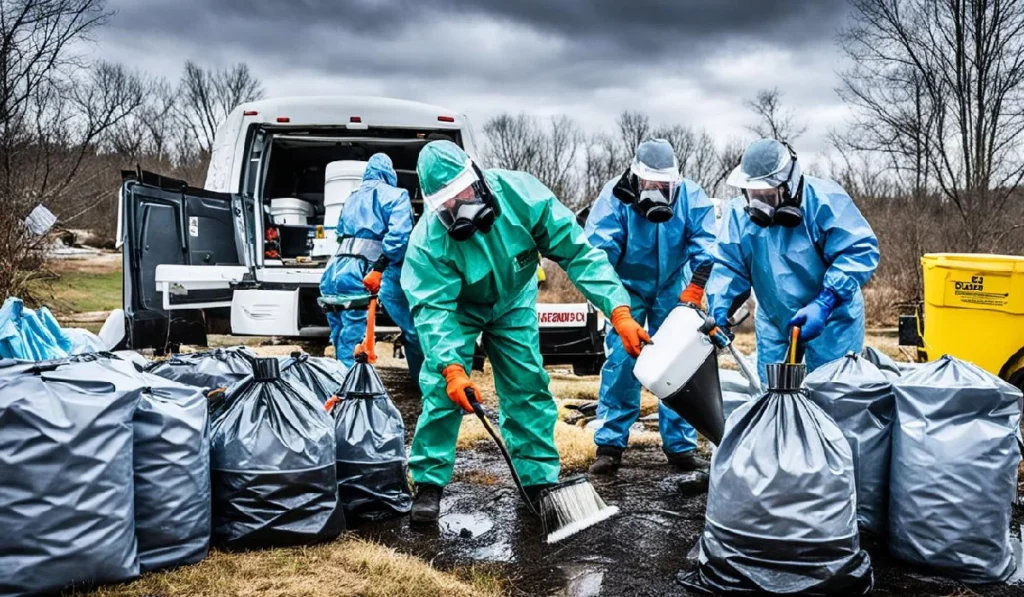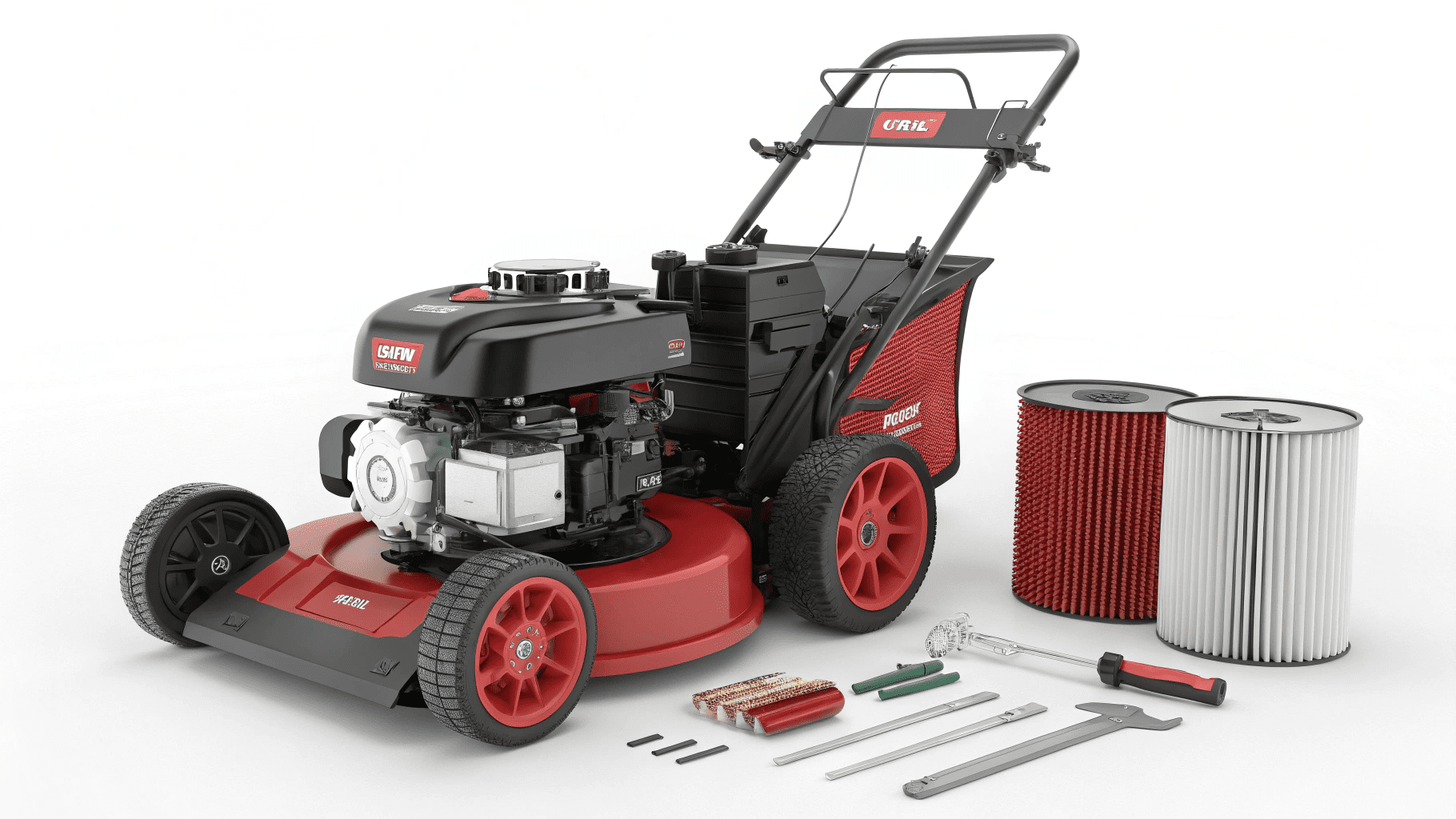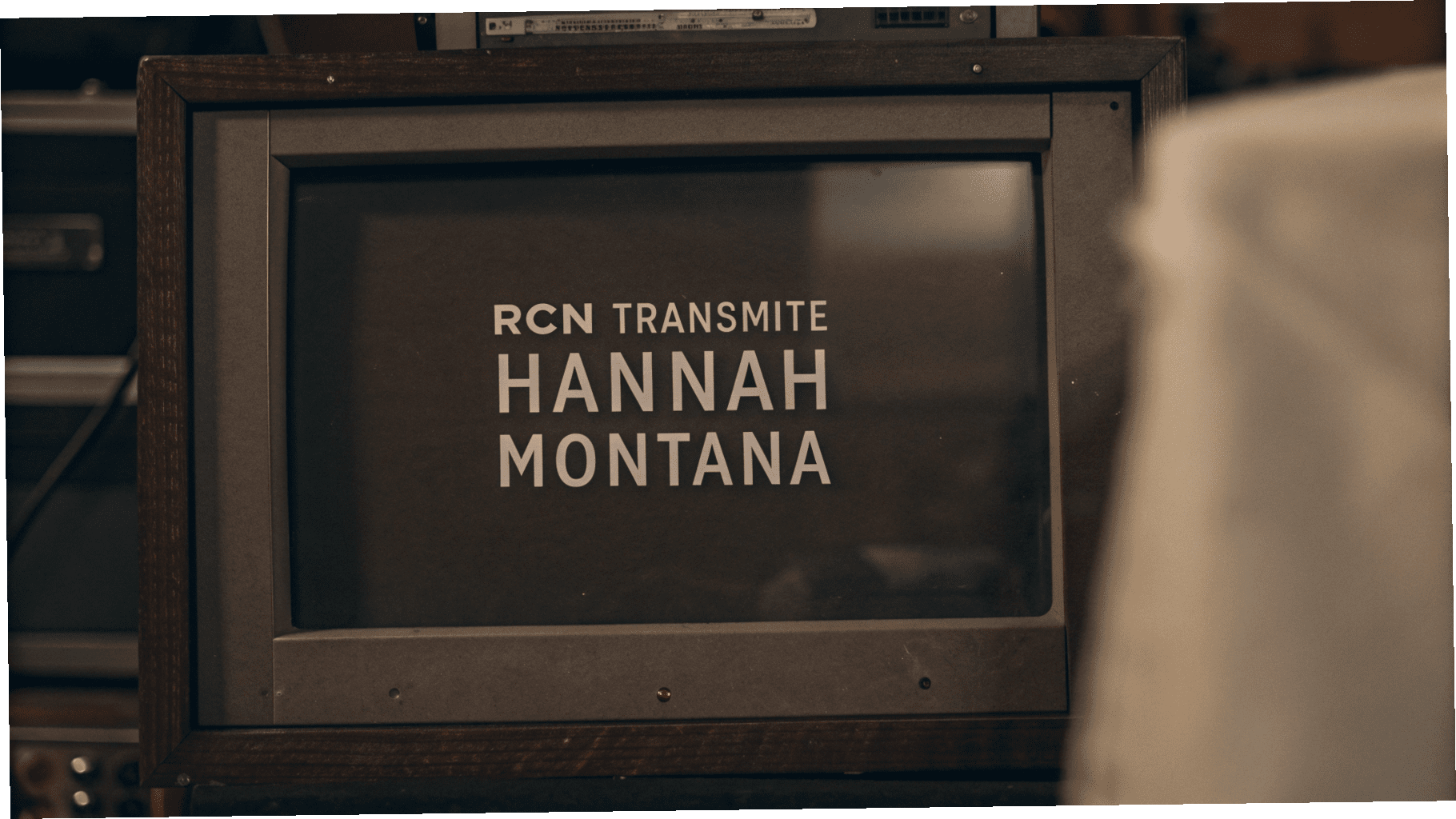Asbestlint is a lesser-known but highly dangerous material linked to asbestos exposure. While asbestos itself is widely recognized as a health threat, asbestlint often goes unnoticed because of its subtle, lint-like appearance. Understanding what asbestlint is, where it’s found, and how to handle it safely is crucial for protecting your health and home. In this guide, we’ll explore everything you need to know about asbestlint, from identification to prevention and removal.
What Is Asbestlint?
Asbestlint refers to fine, fibrous dust or residue composed of asbestos particles. It typically forms when asbestos-containing materials (ACMs) break down or are disturbed. The name comes from its resemblance to household lint—soft, flaky, and often floating in the air—but unlike ordinary lint, it carries severe health risks. Asbestlint can be invisible to the naked eye, which makes it even more dangerous.
Origin of the Term
The term “asbestlint” emerged from industrial and environmental safety discussions to describe airborne asbestos debris. As factories and older buildings deteriorated, experts noticed lint-like fibers accumulating in ventilation systems and machinery—hence the name.
Common Sources

Asbestlint can be found in older buildings, construction sites, and industrial facilities. It commonly comes from:
- Damaged asbestos insulation
- Old ceiling or floor tiles
- Pipe wrapping or boiler covers
- Roofing and cement products
- Machinery insulation in factories
When these materials age or are disturbed during renovation, they release tiny fibers into the air that settle as asbestlint.
Why Asbestlint Is Dangerous
Microscopic Fibers
Asbestlint consists of microscopic fibers that easily become airborne. When inhaled, these fibers can lodge deep in the lungs, remaining there for decades.
Health Risks
Prolonged exposure to asbestlint can cause severe illnesses such as:
- Asbestosis: A chronic lung disease caused by asbestos fiber buildup
- Lung Cancer: Increased risk with long-term exposure
- Mesothelioma: A rare and aggressive cancer affecting the lining of the lungs or abdomen
Even minimal contact can be dangerous because there is no safe level of asbestos exposure.
Environmental Impact
Asbestlint not only harms human health but also contaminates air and soil. Once released, the fibers can linger for years, spreading through HVAC systems and settling in dust layers throughout buildings.
How to Identify Asbestlint
Visual Clues
Asbestlint often looks like grayish or whitish fluff, similar to dryer lint or cobwebs. However, its microscopic nature means visual inspection alone isn’t reliable.
Professional Testing
If you suspect asbestlint in your home or workplace:
- Avoid disturbing the area.
- Hire a licensed asbestos inspector.
- Use certified laboratories to test samples safely.
Never attempt to collect or clean suspected asbestlint on your own—it can release more fibers into the air.
Where Asbestlint Hides
In Homes
Older homes (built before the 1990s) often contain asbestos materials. Asbestlint may accumulate in:
- Attics or basements
- Air ducts and vents
- Behind walls or under floorboards
- Around old heating systems
In Workplaces
Industrial environments, shipyards, and manufacturing plants frequently generate asbestlint from:
- Machinery insulation
- Pipe lagging
- Boiler rooms
- Ceiling insulation panels
Safe Handling and Removal
Do Not Touch or Vacuum
Never try to clean asbestlint with regular household tools. Sweeping or vacuuming can release more fibers into the air.
Hire Certified Professionals
Only licensed asbestos abatement companies should handle asbestlint removal. They use:
- Sealed containment zones
- Negative air pressure systems
- Protective gear and HEPA filtration
Proper Disposal
After removal, asbestlint and related waste are sealed in special containers and disposed of at approved hazardous waste facilities. Illegal dumping or improper disposal is punishable by law.
Preventing Asbestlint Exposure
Regular Inspections
Schedule professional inspections for any building constructed before 1990, especially before renovations.
Encapsulation
If removal isn’t immediately possible, professionals can encapsulate asbestos materials, sealing fibers and preventing them from breaking loose into asbestlint.
Air Filtration Systems
Use HEPA filters in HVAC systems to trap airborne particles. Change filters regularly and avoid tampering with ducts if asbestos is suspected.
Asbestlint in Modern Construction

While new construction materials are mostly asbestos-free, asbestlint remains a concern in renovation and demolition projects. Workers often encounter hidden asbestos layers when tearing down older walls or ceilings. Strict safety protocols and training are essential to prevent exposure.
Legal Regulations
Many countries enforce strict regulations regarding asbestos handling:
- United States: The EPA and OSHA regulate asbestos exposure and abatement.
- European Union: Complete bans on asbestos use.
- Australia and Canada: Prohibit new asbestos installations and require safe removal in existing structures.
Myths About Asbestlint
“It’s Safe If You Don’t Touch It”
False. Even minimal movement, airflow, or vibration can release asbestos fibers into the air.
“A Mask Is Enough Protection”
Standard masks or cloth coverings don’t block microscopic asbestos fibers. Only specialized respirators designed for asbestos protection are effective.
“It Only Exists in Old Factories”
While industrial sites are major sources, many residential homes still contain asbestos-based insulation, flooring, and roofing materials that produce asbestlint when damaged.
Protecting Yourself and Your Family
If you live or work in an older property, be proactive:
- Avoid DIY renovations without asbestos checks.
- Keep dust levels low with proper cleaning and ventilation.
- Educate family members about the signs of asbestos hazards.
Emergency Steps if You Discover Asbestlint
- Stop all activity in the area immediately.
- Close doors and seal off the space.
- Turn off HVAC systems to prevent fiber spread.
- Contact a certified asbestos professional right away.
The Future of Asbestlint Awareness
Public awareness about asbestos risks has grown, but asbestlint remains an under-discussed issue. Governments, health agencies, and safety organizations continue working to educate homeowners and workers about its dangers. With stricter enforcement and better removal practices, exposure risks can be minimized.
Sustainable Alternatives
Modern building materials like fiberglass, cellulose, and mineral wool are now used instead of asbestos. These alternatives offer the same insulation benefits without toxic side effects.
Conclusion
Asbestlint may look harmless, but it poses serious long-term risks to health and safety. Recognizing it early, avoiding direct contact, and seeking professional help are the best ways to protect yourself. Whether you own an older home or work in an industrial setting, understanding asbestlint could save lives.


































![[img]https://lookpic.com/cdn/i2/s/05282024182719-002.jpg[/img] – Everything You Need to Know About! Everything You Need to Know About!](https://www.rownavigators.com/wp-content/uploads/2025/02/Everything-You-Need-to-Know-About.webp)